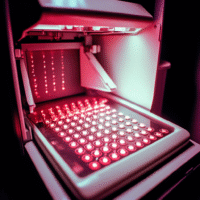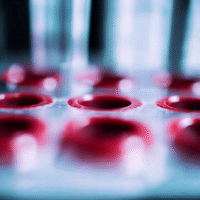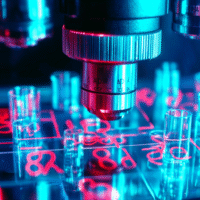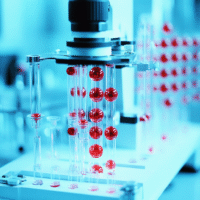Feasibility and Efficacy of Endoscopy with Blue Laser Imaging for Detecting and Diagnosing Cardia Polyps
Key Findings from the Study:
- Detection rate of cardia polyps was higher with Blue Laser Imaging (BLI) compared to white-light imaging (WLI)
- Lower rate of overlooked lesions with BLI compared to WLI
- Diagnostic coincidence rate between magnifying BLI and histopathology was 88.16%
- Sensitivity, specificity, positive predictive value and negative predictive value of BLI for neoplastic lesions diagnosis were 90.91%, 87.69%, 55.56%, and 98.28% respectively
- Promising patterns for predicting different types of polyps identified
Conclusion:
BLI is more effective than WLI in detecting and diagnosing cardia polyps. Magnifying endoscopy with BLI may help in diagnosing such lesions.
Practical Solutions and Value:
- Enhancing diagnostic accuracy and detection of cardia polyps
- Potential to improve patient outcomes and streamline patient care
- Facilitating better management of services through digital tools and telemedicine
- Consolidating clinical protocols and research into an easily accessible knowledge base for clinicians
Learn more about how AI can help improve clinic workflows and patient outcomes.



























